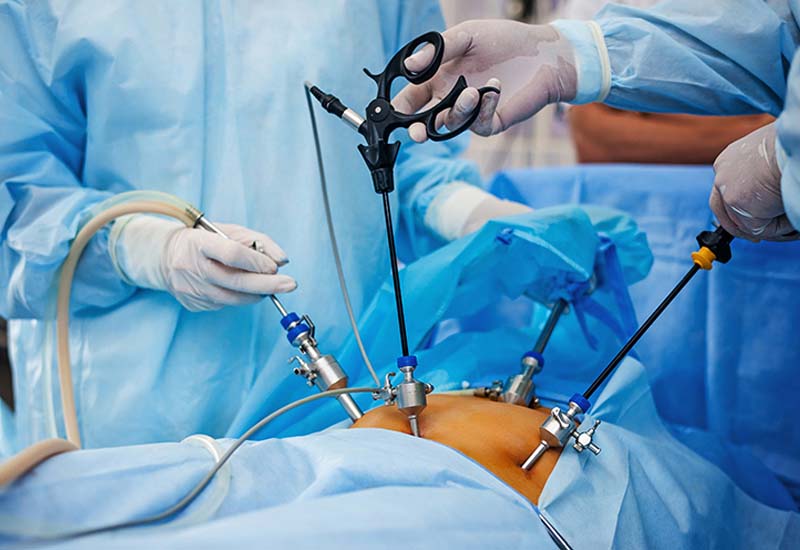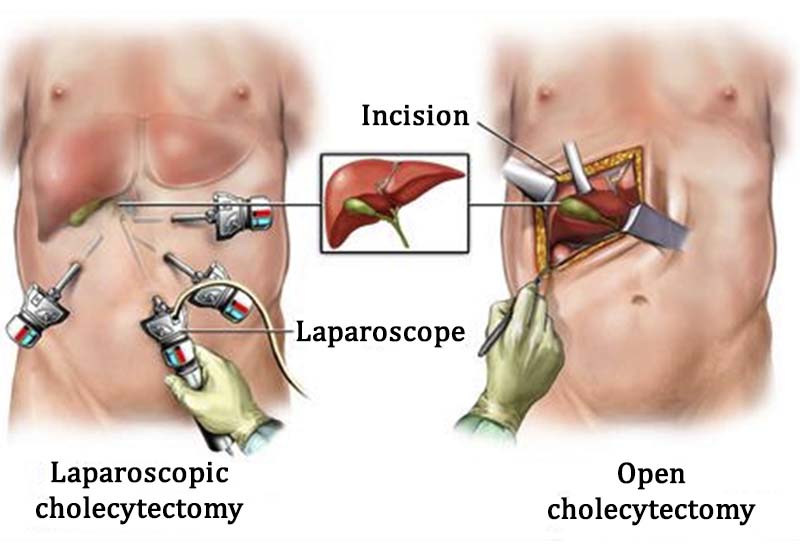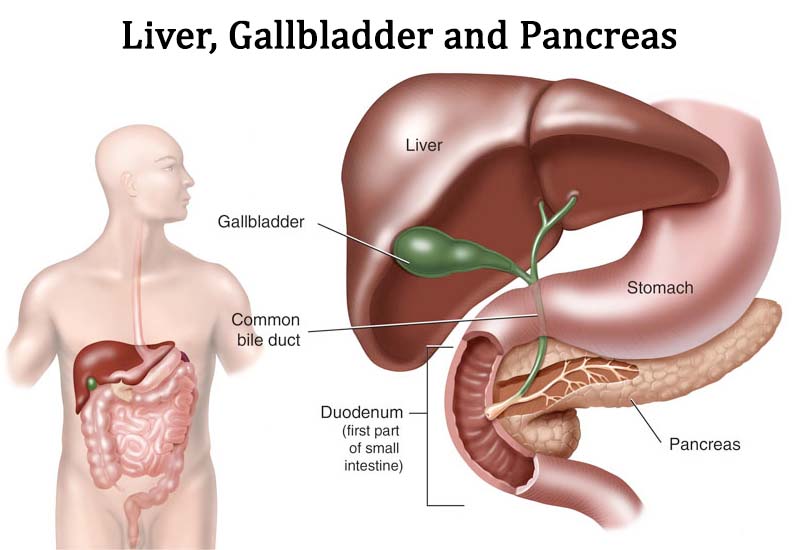Gallstones Laparoscopic Cholecystectomy
Gall Bladder is a small pouch that is located just below the liver. Its function is to store and concentrate bile produced from the Liver.
After intake of food, Gall Bladder contracts and pushes extra bile into the small intestine through bile ducts to promote digestion.
Cholecystectomy is the other name of gall bladder removal surgery. The most common surgery for gall bladder removal is Laparoscopic cholecystectomy.
The traditional open surgery for gall bladder removal requires an incision of about 15 cm in size but do you know that even conventional laparoscopic surgery requires 4 small incisions of 0.5- 1cm in size.
To make things better, is the advent of new modality Single Incision laparoscopic Surgery (SILS) which replaces the 3 or more incisions with a single incision inside the belly button.
Laparoscopic cholecystectomy - removing the gallbladder to treat gallstones
Your gallbladder will need to be removed if the gallstones in it cause complications. The presence of gallstones is called cholelithiasis. Doctors may also recommend this type of surgery if you have - biliary dyskinesia, which occurs when the gallbladder doesn’t empty bile correctly due to a defect; pancreatitis or the inflammation of the pancreas is related to gallstones; cholecystitis or bladder inflammation; or choledocholithiasis which occurs when gallstones move to the common bile duct and block it, preventing the gallbladder and rest of the biliary tree from draining.
Advantages of Laparoscopic Cholecystectomy:
- Only 3 to 4 small holes through which surgery is done.
- Day care surgery, most of the patients can go back home on the same day.
- Completely safe.
- No stitches and Bandages.
- No Drains.
- Earlier return to normal day to day activity.



